1. Egyptian Eye Makeup Wasn’t Just for Looks

We might think eyeliner is all about style today, but ancient Egyptians had a deeper reason for their dramatic eye makeup. They believed lining their eyes with kohl protected them from evil spirits and harsh sun glare, especially in the desert heat. Scientists even discovered that the lead-based compounds in their makeup helped prevent infections. So while today’s cat-eye might feel purely cosmetic, its roots are steeped in protection and spiritual awareness shares Wikipedia.
Next time you swipe on some eyeliner, you’re participating in a tradition that dates back over 4,000 years. It’s amazing how something that started as both a health practice and spiritual safeguard evolved into a worldwide beauty trend. And considering how iconic Egyptian eyes still are in costume culture, the influence clearly hasn’t faded. Even the symbolism behind “the eye” shows up in charms and tattoos meant to ward off bad luck shares National History Museum of Utah.
2. Roman Baths Paved the Way for Spas

The ancient Romans took bathing seriously—it wasn’t just about hygiene, it was a full-on social event. Their massive bathhouses included hot and cold pools, steam rooms, and massage areas, all designed to relax both body and mind. If that sounds familiar, it’s because it mirrors today’s luxury spa experiences. Whether it’s a day at the spa or a trip to a hot spring resort, we’re echoing Roman habits more than we realize says Britannica.
Even the idea of self-care as a lifestyle owes something to the Roman approach. They understood that feeling good physically helped people function better mentally. We might swap togas for robes and oils for lotions, but the concept is the same. Rest, rejuvenation, and community have always been central to wellness adds ArchDaily.
3. Greek Symposiums Were the Original Dinner Parties

Those casual dinner parties with spirited conversation and maybe a little wine? The ancient Greeks were doing that centuries ago with their symposiums. These gatherings blended food, drink, music, and big philosophical discussions, often stretching well into the night. Everyone reclined on couches and let ideas flow, making it both intellectual and indulgent.
Today’s dinner table debates or even book club nights trace back to this kind of social ritual. We might not break out a lyre or quote Plato, but we still gather to exchange thoughts and enjoy each other’s company over a meal. The idea that food and conversation go hand-in-hand was a legacy the Greeks left us. It’s a tradition that’s still going strong in kitchens everywhere.
4. Chinese Tea Ceremonies Inspired Mindful Drinking

In ancient China, tea wasn’t just a drink—it was a ritual with deep spiritual meaning. Every motion, from pouring to sipping, was deliberate and symbolic, meant to bring calm and connection. These ceremonies were often quiet, reflective, and centered around nature, and they taught that slowing down could be just as nourishing as the tea itself.
Fast forward to today, and mindfulness is everywhere—from guided meditations to yoga. Even the simple act of brewing loose-leaf tea or sipping it without distractions echoes that old philosophy. We might not all perform a full tea ceremony, but we still use tea as a comfort, a pause, or a moment of peace. That calm in a cup started long before our modern mugs did.
5. Celtic Bonfires Became Our Festivals
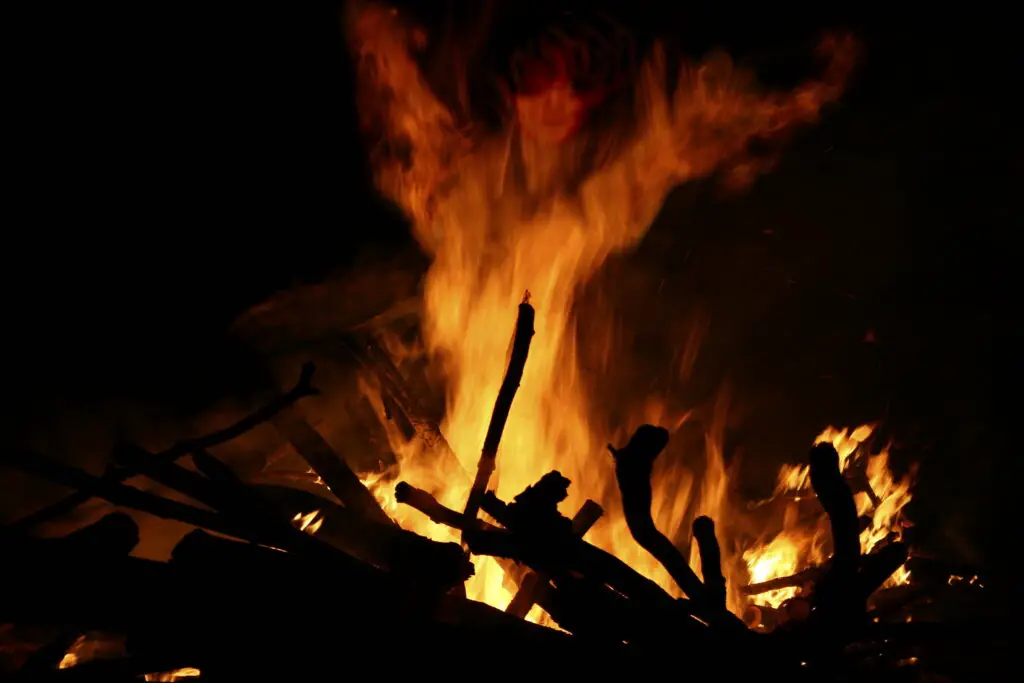
The ancient Celts lit bonfires during seasonal festivals to honor the changing of the earth and communicate with the spirit world. These gatherings were filled with dancing, singing, and even a bit of mischief. Fire symbolized protection, renewal, and the presence of unseen forces. Sound familiar? It’s the root of everything from Halloween to summer solstice parties.
When we gather around a campfire or celebrate with fireworks, we’re channeling that same primal energy. There’s something universal about flame-lit celebration that’s never gone out of style. Today’s outdoor festivals, fire pits, and even seasonal rituals like lighting candles hold echoes of those ancient nights. We just add music playlists and marshmallows.
6. Shamanic Drumming Lives On in Music Therapy

Long before modern psychology, indigenous shamans used drumming to enter altered states and help people heal. The steady beat was thought to connect individuals to the spiritual realm and provide clarity or emotional release. It wasn’t just performance, it was transformation. The rhythm itself was medicine.
Today, music therapy uses drumming in very similar ways to reduce stress and improve mental health. Even certain forms of meditation use repetitive beats to guide breathing and focus. Whether it’s a guided sound bath or banging on a djembe in a community circle, the power of percussion is still very much alive. Ancient wisdom keeps finding new rhythms to dance to.
7. Hindu Yoga Was Always About More Than Stretching
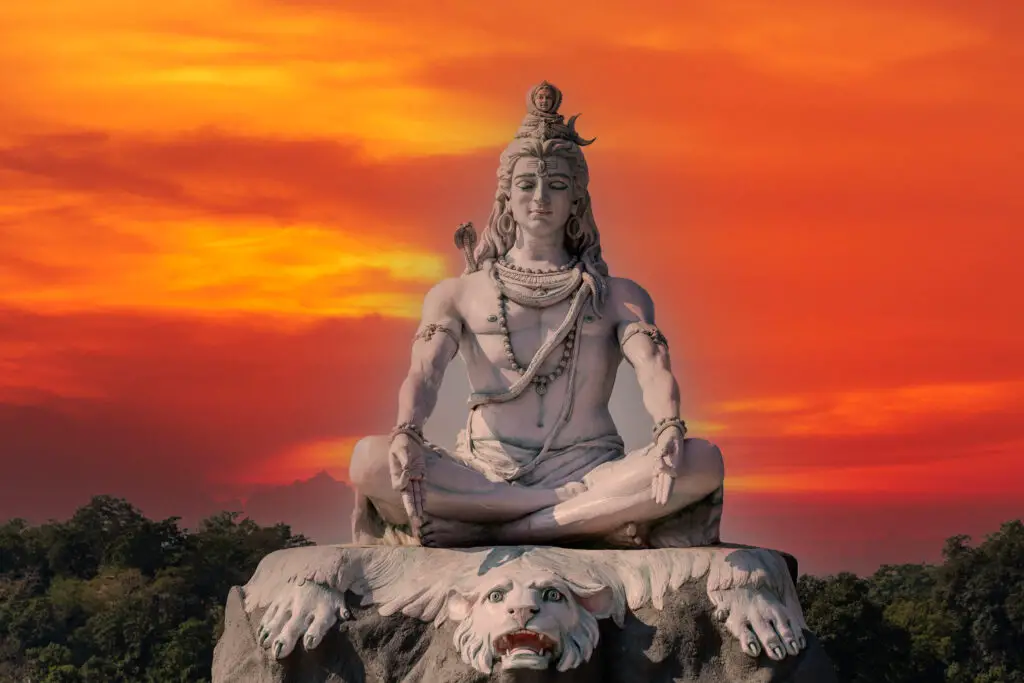
Modern yoga classes often focus on physical flexibility, but ancient Hindu traditions emphasized a deeper purpose. Yoga was originally a spiritual discipline meant to align the body, mind, and soul with the divine. Breathing techniques, poses, and meditation were all meant to help practitioners detach from the physical world and reach inner peace.
When we roll out a mat at home or join a studio session, we’re continuing a practice that’s thousands of years old. Even if the focus now is fitness, the calming and centering aspects still echo those sacred roots. The fact that it’s become such a global phenomenon shows how powerful and adaptable this ancient ritual really is. It’s wellness with a spiritual backbone.
8. Jewish Mezuzahs Inspired Modern Doorway Blessings

The mezuzah, a small scroll affixed to doorways in Jewish homes, dates back to ancient times. It’s more than tradition—it’s a daily reminder of faith and a symbolic form of protection. Touching it while entering or exiting a room serves as a spiritual reset, reinforcing intention and gratitude.
Even people who don’t practice Judaism often place symbols or sayings near their doors—think “Live, Laugh, Love” plaques or charms meant to ward off negativity. It’s a quiet gesture that says, “This space matters.” That impulse to bless our homes or turn a threshold into a sacred boundary goes way back. Sometimes, we follow rituals without realizing we’ve inherited them.
9. African Libation Ceremonies Are Echoed in Toasts

In many African traditions, libation ceremonies involved pouring out a drink as an offering to ancestors. It was a sacred moment to honor the past and invite blessings. The practice made clear that even in joy, remembrance matters. Every drop poured held meaning.
Today’s “raise a glass” moments—especially when we toast to those who can’t be with us—mirror that instinct. Even the phrase “one for the homies” is a casual nod to something deeply ancient. We might clink glasses instead of pouring them out, but the ritual is still there. We drink not just for fun, but to mark moments that matter.
10. Japanese Bowing Turned into Workplace Etiquette
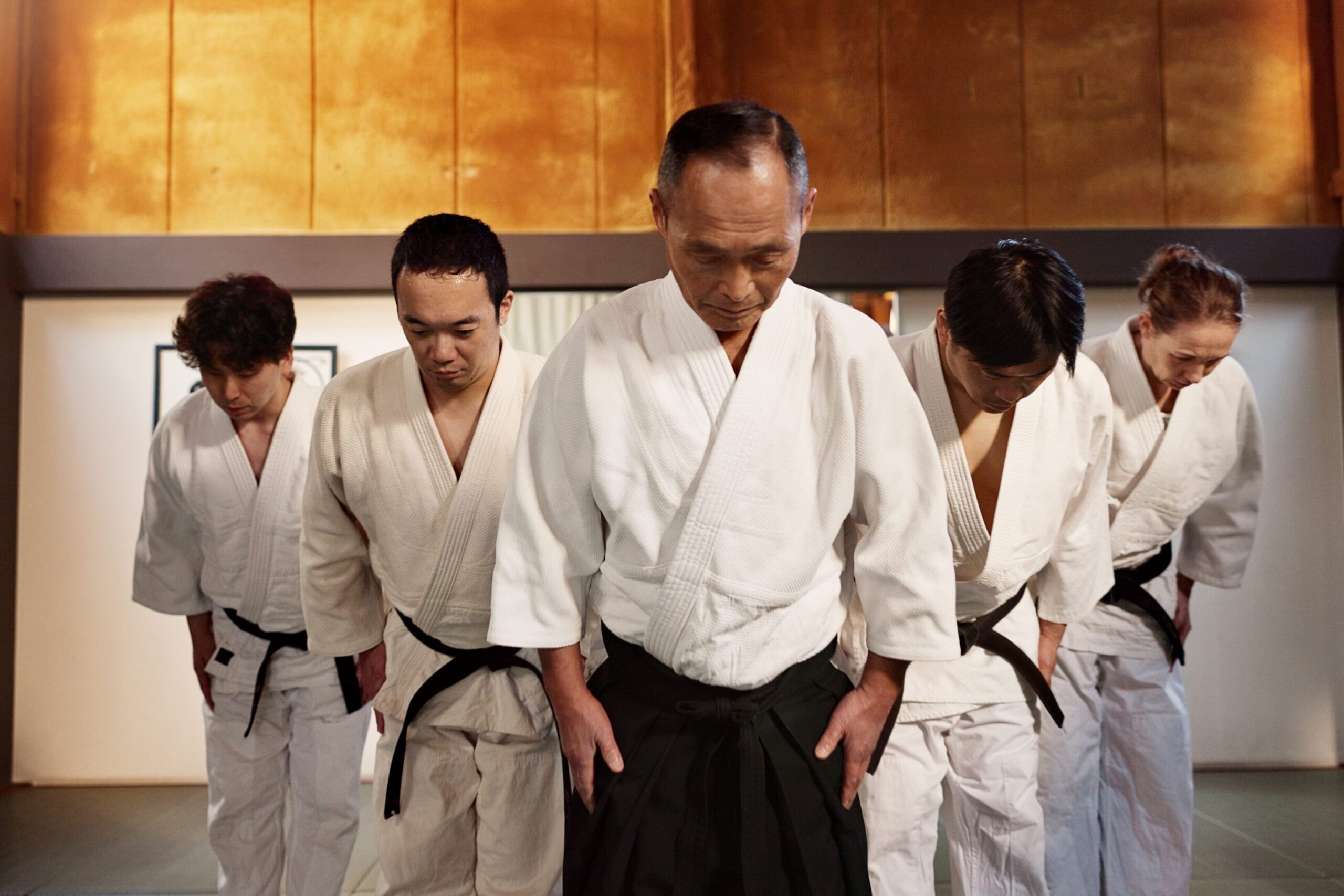
Bowing in Japan began as a religious gesture and evolved into a powerful social ritual. It showed respect, humility, and acknowledgment of another’s presence. The angle of the bow could express everything from gratitude to apology. It became a silent language of courtesy that’s still used every day.
While we don’t all bow in the West, the spirit of the gesture lives on in workplace handshakes, nods, and email sign-offs like “Best regards.” So much of what we consider professional courtesy has roots in rituals meant to preserve dignity. Even the way we address bosses or start formal meetings carries that same energy. Ancient customs just found new desks.
11. Norse Naming Ceremonies Still Shape Baby Traditions
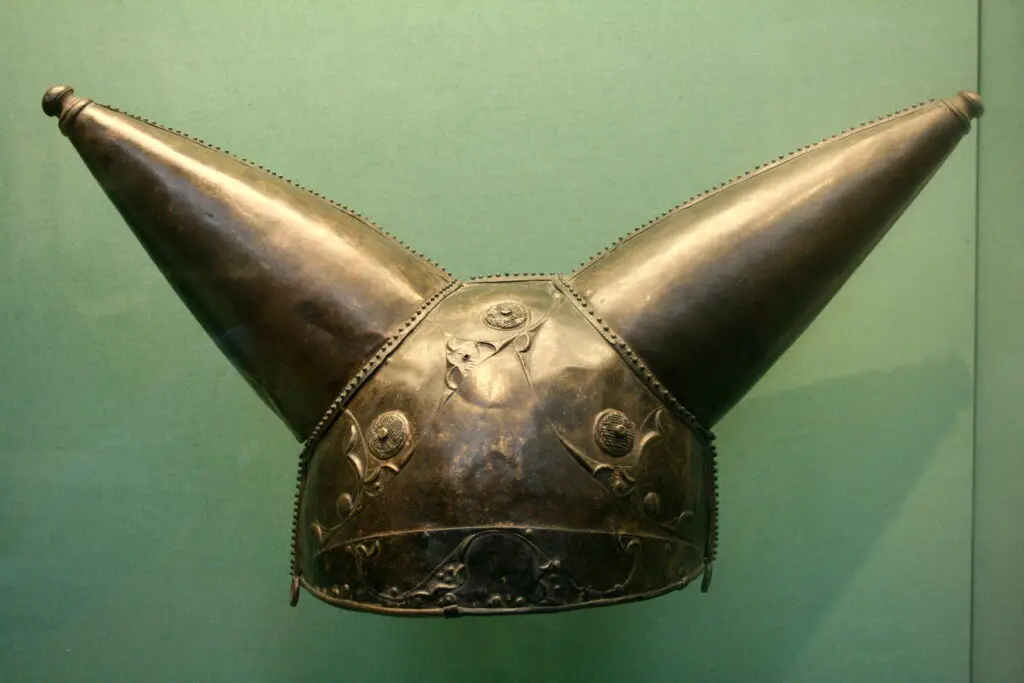
In Viking culture, naming a baby wasn’t just a cute moment—it was a ritual full of meaning. The name often connected to a deceased ancestor, giving the child a legacy and spiritual protection. The ceremony usually included blessings and offerings to the gods to ensure the child’s health and strength.
Today’s baby-naming ceremonies, whether in churches or at gender reveal parties, still hold that mix of celebration and weight. Parents often choose names based on family history or virtues they hope their child will embody. It’s a blend of past and future, wrapped up in a name. Even the “name reveal” trend echoes this ancient need to mark the moment with meaning.
12. Zoroastrian Fire Temples Shaped Sacred Spaces
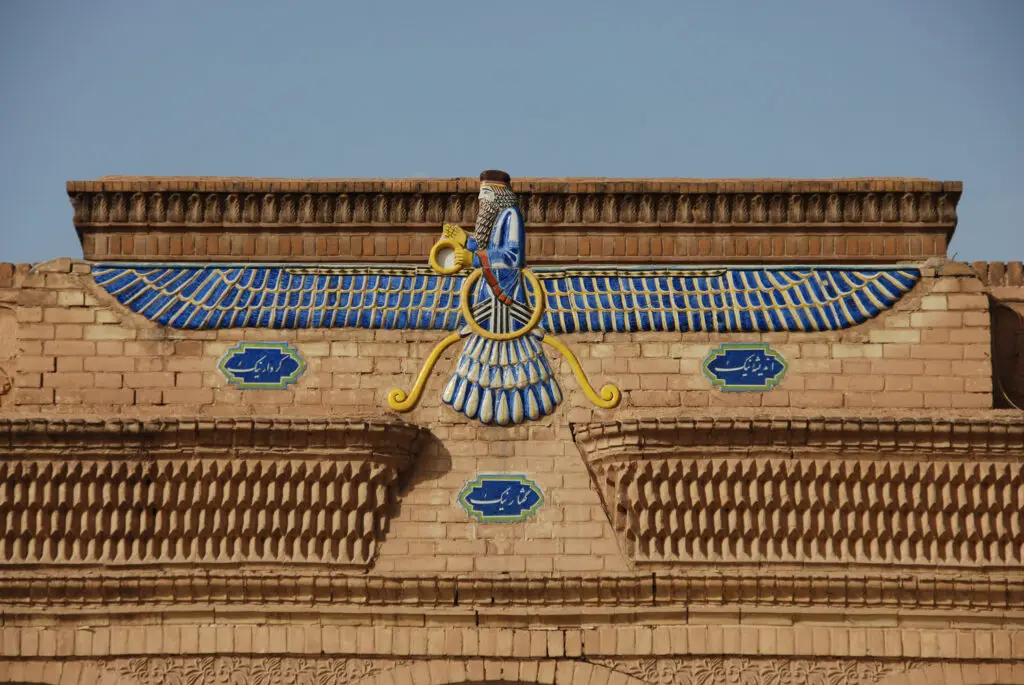
Zoroastrianism, one of the world’s oldest religions, treated fire as a symbol of purity and divine presence. Temples held sacred flames that burned continuously, representing eternal light and truth. These spaces were quiet, reverent, and meant to inspire inner clarity.
Modern places of worship—whether churches with candles, or meditation rooms with incense—still carry that essence. Even lighting a scented candle at home to “clear the energy” owes something to these ancient practices. The idea that flame brings peace and presence hasn’t burned out. We just gave it a modern glow-up.
13. Babylonian Astrology Is Behind Your Horoscope
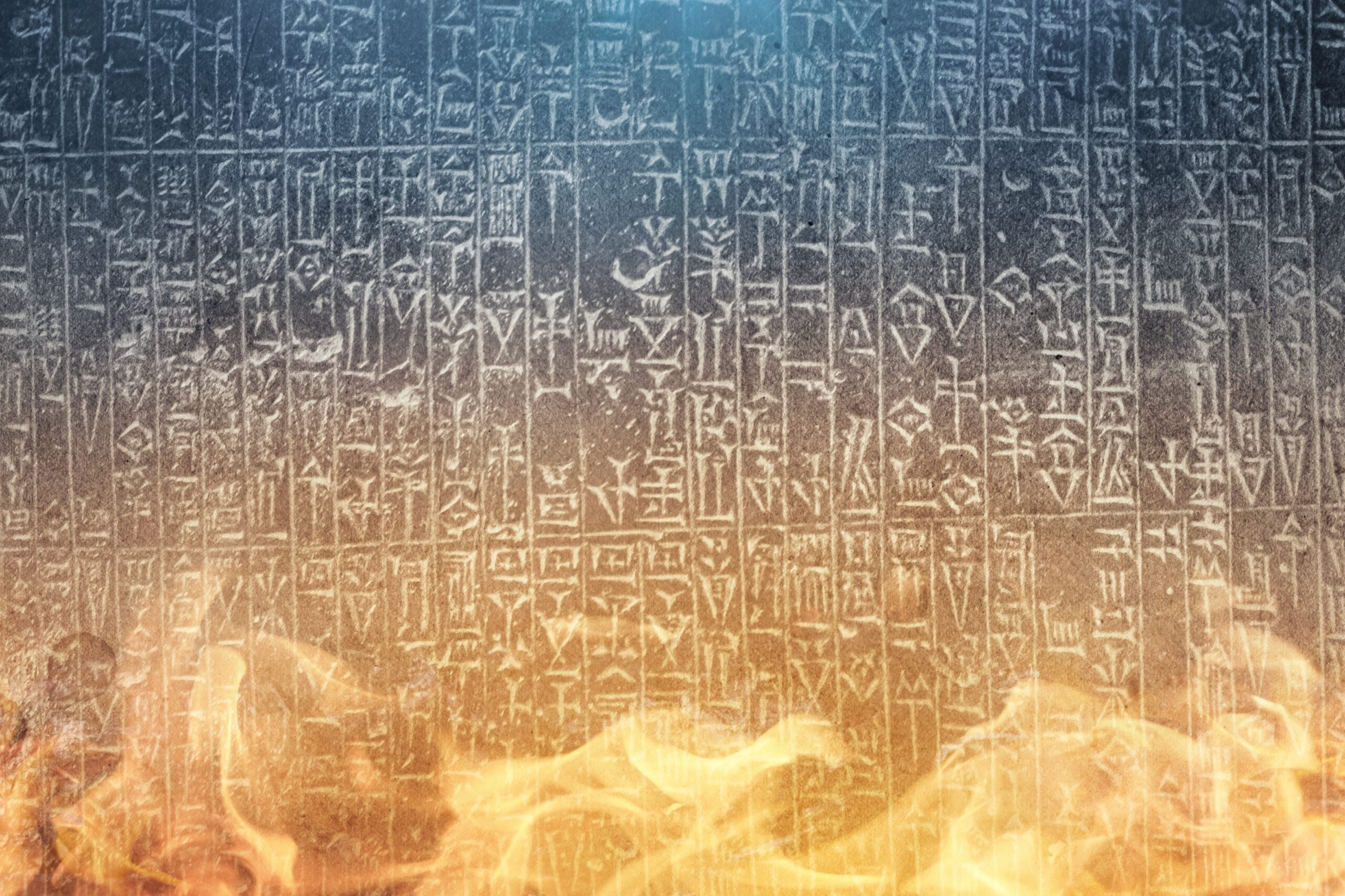
The Babylonians were the first to chart celestial movements and tie them to human events. They created zodiac signs, tracked planets, and believed that heavenly patterns influenced fate. Their star maps became tools for kings, farmers, and healers alike. It wasn’t entertainment, it was strategy.
So when you check your daily horoscope or blame Mercury retrograde for a bad week, you’re tapping into a ritual that started thousands of years ago. Even apps that track moon cycles or offer compatibility scores have ancient DNA. The sky has always been a mirror, and we’ve always looked up for answers. Some things really are written in the stars.
14. Mayan Calendar Rituals Inspired Life Tracking

The Mayans had intricate calendar systems tied to astronomy, agriculture, and spirituality. Days weren’t just days, they held energy and meaning. Certain times were better for planting, marrying, or making decisions based on the calendar’s cycles and symbols.
That same thinking lives on in the way we treat New Year’s resolutions, full moon intentions, and even bullet journaling. We love marking time with meaning—starting fresh on Mondays, tracking habits, or waiting for “the right moment.” The Mayans weren’t just keeping time, they were aligning with it. And deep down, so are we.
